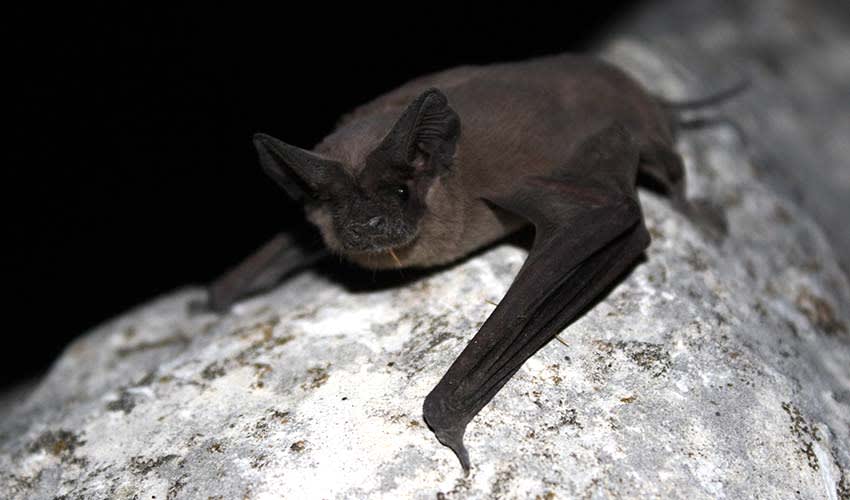Tadarida – Guano bats
Their evening mass emergences from caves or bridges are considered a natural spectacle
Found across many parts of the world, including the Americas, Africa, Europe, and Asia, these bats are named for their free tails—the tail extends noticeably beyond the edge of their tail membrane, giving them a distinctive, streamlined silhouette in flight. This unique feature makes them some of the fastest and most agile fliers among bats, perfectly suited for life high in the open sky.
Members of the genus Tadarida are medium-sized bats, with long, narrow wings built for speed and endurance rather than hovering or maneuvering in dense forests. Their fur colors range from brown to gray, helping them blend with rocky cliffs, caves, or man-made structures where they roost. What really sets them apart is their ability to forage far from their roosts, sometimes flying dozens of kilometers each night in search of food. They are insectivores, specializing in catching moths, beetles, and other flying insects while on the wing, making them an essential natural pest control system in many ecosystems.
These bats are highly social, often living in colonies that can sometimes number in the thousands—or even millions. In such colonies, accumulating their droppings, or guano, can become a significant ecological factor. Guano not only fertilizes soils but has historically been harvested by humans as a natural fertilizer, giving these bats economic and ecological importance.
One of the most remarkable traits of tadarida bats is their incredible flight performance. They can reach astonishing speeds with their aerodynamic wings and free tails acting almost like stabilizers. Some species in this genus are believed to be among the fastest flying mammals in the world, with recorded speeds exceeding those of many birds. Unlike slower, fluttering bats, they cruise through the open air with long, powerful wingbeats, often foraging in the same airspace as swifts or swallows.
Species in this genus
Mexican free-tailed bat
Their guano deposits have historically been harvested as fertilizer


